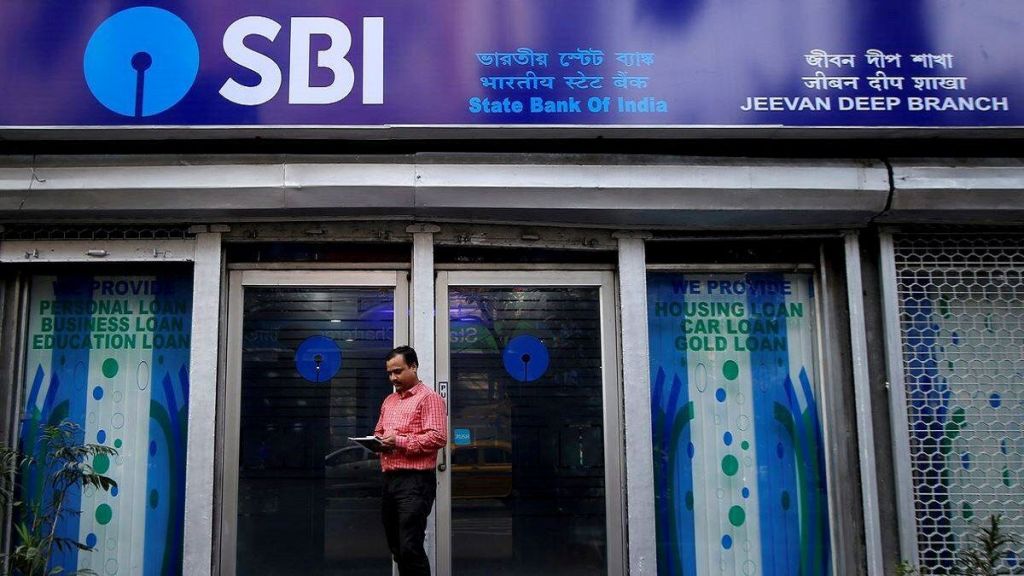Although the Centre’s market borrowings will be smaller in FY25, State Bank of India Chairman Dinesh Kumar Khara believes lenders will find it hard to pass on any rate cuts by the central bank if they are short on deposits. Excerpts from an interview with Ajay Ramanathan and Shobhana Subramanian.
Benchmark yields are trending down, do you see interest rates also coming down?
These benchmarks are more indicative in nature. The way the asset–liabilities are stacked up in the system today, liquidity is short, especially for lenders who have 100% credit-deposit ratios. For any lender to give a loan or make an investment, there must be matching liabilities. If liquidity in the system is short, there will be a liquidity premium, so the end rate of the corporate bond to the borrower will remain high. This is one reason why in the past, we have not seen transmission of rates to the extent of the policy rate changes.
When do you think liquidity will ease?
My sense is that when we start growing at 7-7.5 or 8% GDP, the total pie of the liquidity will get enlarged. There needs to be more spending, we need a multiplier effect.
So even if RBI cuts rates, it may not get fully transmitted?
It is true that half the loans in the system are linked to the external benchmarks. However, if a bank does not have liquidity, it will price loans accordingly. How much they can pass on to borrowers will depend on the cost of their liabilities.
Can SBI grow its balance sheet at a compounded 15% over the next few years?
The economy today is doing well and there is enough demand, supply and production, although there are some challenges on the external front. Our loan book today is growing at about 14-15% while deposits are growing at 13-14%. So, a 15% kind of compounded growth rate should be possible to achieve. I am also mindful of the fact that the government is clearly focused on growth.
Which would be the key areas that would drive growth?
I think both SME and retail sectors will be an opportunity. Corporate loan growth is also picking up, we have moved to double digit growth. Also, we can always subscribe to corporate bonds as part of our investments. Today, companies are looking to borrow locally because it is more costly to do so in the overseas market, especially on a fully-hedged basis.
Are there any concerns within the retail portfolio?
It is a competitive market but our unsecured portfolio is better than our secured book. The gross NPAs are hardly anything. We don’t have a challenge on unsecured loans. Of course, the cost of supporting this asset has gone up post the rise in risk weights. SME offers a better mix and we have invested in the right skills and structure. Our SME book is now at about Rs 3.8 trillion and we should be at Rs 4 trillion soon, as we had targetted. We are also focusing on the agri and rural sectors.
Will SBI be a little short of capital to achieve this growth?
I don’t think so. Our RoE (return on equity) today is close to 20% and so, if we are growing at 15%, it is growing faster. And since we plough back money into capital, our capital will be sufficient. At current levels of capital, we can grow loans by 7.5 trillion. There is always the option to raise AT1 bonds. In any case, raising capital is not a challenge.
Is there a lot of price undercutting in the market?
For many banks, the LDR (loan to deposit ratio) has hit the ceiling but we still have headroom to lend. If others want to lend, they need to raise deposits at higher cost. We are sitting on excess SLR (statutory liquidity ratio) of Rs 3.5 trillion, our liquidity coverage ratio is 130% and our credit-deposit ratio is 66%. Our liabilities are growing at 14%, so we are comfortable.
SBI’s goal was that the bank’s RoE should cross 15%…
The RoA (return on assets) was at a little over 1 in FY23. We have started touching 1.1, 1.2, so on a sustainable basis we should be more than 1 on a sustainable basis.
Are you doing much co-lending?
Co-lending is a very small part of our book. The problem is that most of the entities are not end-to-end digitally ready. In the financial sector, the contagion can move fast. Security is also an important factor. We use fintech solutions in our innovation hub. NBFCs are important for last mile connectivity and we are financing them. But it will not be significant in the portfolio.
What’s next for Yono?
We will be rolling out Yono 2.0. around June-July and we are going for a step change, a significant change. Our underwriting this year will be 30% more this year than it was last year. We are currently at around Rs 1.30 trillion, last year we had done Rs 1 trillion. We are going for hyper-personalisation and the back-end is going to be more modular. We already have 71 million users, of which about 10 million transact daily. It’s a highly profitable business.

